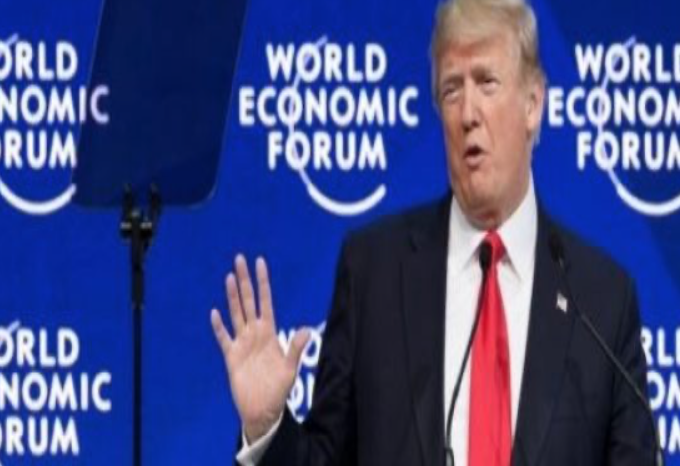On the first anniversary of President Trump’s announcement that the United States would withdraw from the Trans-Pacific Partnership (TPP), the remaining 11 signatories in that pact have agreed in Tokyo to enter into a revised pact without US participation. The biggest loser from their agreement, not surprisingly, is the United States.
US real income under the original TPP would have increased by $131 billion annually, or 0.5 percent of GDP. Under the new deal without US participation, the United States not only forgoes these gains but also loses an additional $2 billion in income because US firms will be disadvantaged in the TPP markets.
The new trade pact, awkwardly retitled the Comprehensive and Progressive Agreement for Trans-Pacific Partnership or CPTPP, keeps the original deal substantially intact. The CPTPP will be signed in Chile on March 8. The agreement is for all intents and purposes the TPP without the United States. The market access commitments remain essentially the same as in the TPP.
There are three main differences between the new and old agreements:
First, the entry into force provisions were changed because they originally were cast to require US participation before the pact could take effect. Now the deal can enter into force 60 days after 6 of the signatories ratify the pact.
Second, the 11 countries—Australia, Japan, New Zealand, Canada, Mexico, Singapore, Malaysia, Vietnam, Brunei, Chile, and Peru—agreed to suspend about 20 TPP provisions, most of which were included at US insistence despite opposition by most of the other countries. Specific obligations regarding patents on certain pharmaceutical products, procedures involving investor-state disputes, prohibitions on the illegal taking and trade in wildlife, and reforms facilitating express delivery services were not deleted from the CPTPP, but the obligations will not be in force until members agree to activate them.
Third, a few revisions were made to obligations to reform state-owned enterprises (SOEs) and labor commitments by Malaysia and Vietnam. The CPTPP countries also agreed to include a side letter to the deal that addresses Canadian concerns about public support for cultural industries.
According to modeling estimates by Petri et al. (2017), the prospective real income gains for the 11 countries once the pact is substantially implemented will be around 1 percent of GDP above a baseline of $158 billion, or a little less than half of the expected gains from the original deal for the 11 countries.
One irony is that with this agreement, CPTPP countries remain committed to the comprehensive trade rules that the United States drafted and delivered in the original TPP, largely based on US standards and practice, even though the Trump administration has walked away from the US-designed agreement. In that sense, the 11 countries today reaffirmed their commitment to free and open markets, in contrast to the interventionist policies now advocated and implemented by their big neighbors, China and the United States!
Author – Jeffrey J. Schott (PIIE)
Source – Peterson Institute for International Economics (PIIE)


Recent Comments